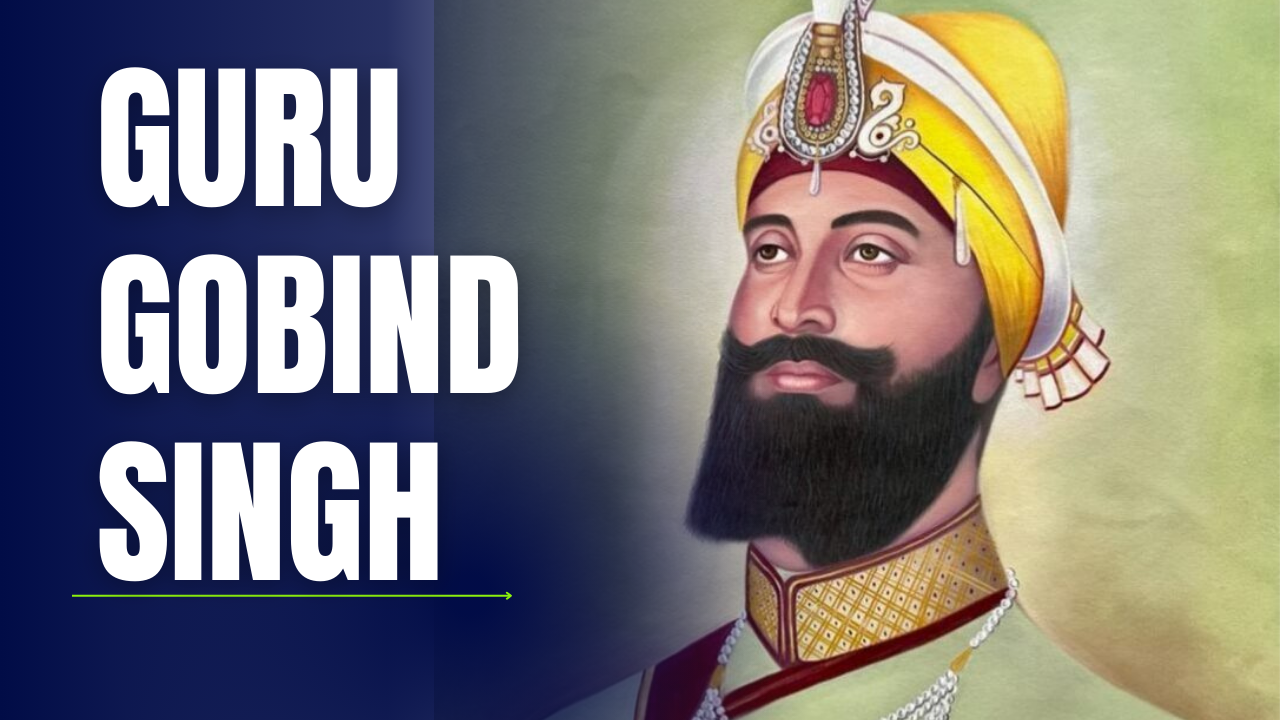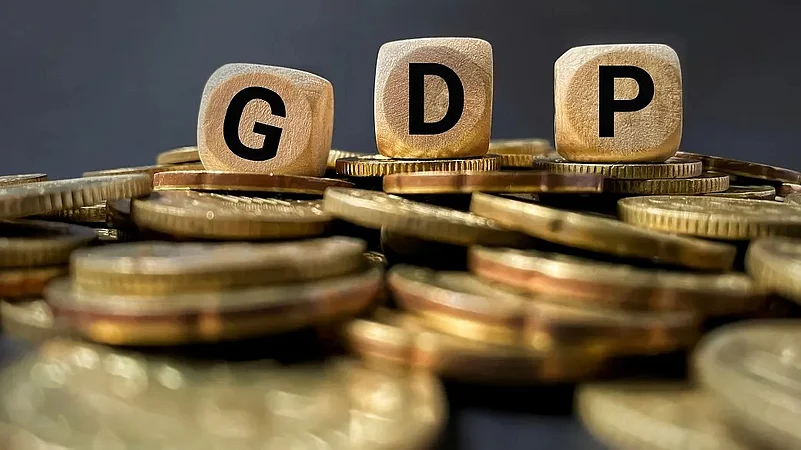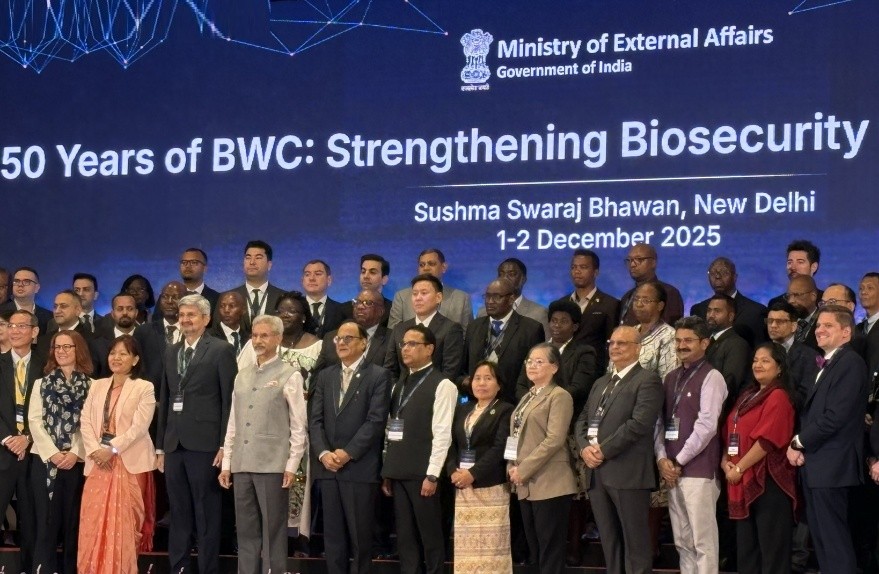Font size:
Print
Bajirao I
Context:
Bajirao, who is also known as ‘Bajirao Ballal’ and ‘Thorley Bajirao’ was born on 18 August 1700.

Early Life:
- Baji Rao I, peshwa of the Maratha Confederacy from 1720 to 1740, was born in Sinnar, Nasik, to Balaji Vishwanath and Radhabai Barve.
- He succeeded his father as peshwa at age 20, establishing hereditary succession.
- Educated in reading, writing, and Sanskrit, Baji Rao was trained as a warrior and accompanied his father on military operations.
Rise to Power:
- Upon his father’s death in 1720, Baji Rao was appointed peshwa by Chhatrapati Shahu.
- He faced opposition from senior ministers but appointed young commanders like Ranoji Shinde and Malhar Rao Holkar to strengthen his position.
Military Conquests:
- The Nizam: Baji Rao met Nizam-ul-Mulk Asaf Jah in January 1721 to settle conflicts, but the Nizam did not recognise Maratha tax rights.
- Baji Rao helped the Nizam win at Sakhar-Kheda, furthering Maratha influence.
- Malwa: In 1723, Baji Rao led an expedition to Malwa, overcoming Mughal resistance led by Girdhar Bahadur.
- By November 1728, Marathas had reached the Narmada River and continued into Rajasthan.
- Bundelkhand: Baji Rao intervened in Bundelkhand in 1729, defeating Mughal forces and reinstating Chhatrasal, who rewarded him with land and his daughter, Mastani.
- Chhatrasal died in 1731.
- Gujarat: Baji Rao asserted Maratha tax rights in Gujarat. He faced opposition from local rulers and Dabhade, but eventually secured Maratha dominance.
Legacy:
- Baji Rao I significantly strengthened the Maratha Empire through military prowess and diplomacy.
- After his death, the Maratha power declined as his successors struggled to match his leadership.



